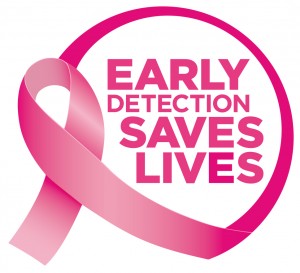A new year brings much in tow – new ideas to share, new trends to address, new technologies to install. While it is difficult to say exactly what will affect us the most as we begin 2017, there are certain trends that seem to leap out ahead of others. Here are five trends we expect to have a vital impact on medical imaging in 2017:
1. 3D mammography. Digital breast tomosynthesis (DBT) has been a frequent topic in trade publications for a few years. As more studies are released touting the success of this technology in finding lesions and reducing recall rates, its popularity is only going to increase. Especially as media has been touting the benefits of this technology in recent years.
2. Multimedia enhanced radiology reporting (MERR). Text-only reports are fading away. A study from Emory University and the Harvey L. Neiman Health Policy Institute found that 80% of respondents said MERRs “improved understanding of radiology findings by correlating images to text reports.” The study also found that the multimedia reports provided easier access to images while monitoring the progression of a condition, and saved time understanding findings without supporting images. While improving the radiology report, the multimedia-enhanced version also provides more financial value to radiologists.
3. Radiology goes to the cloud. Radiology is quickly migrating to the cloud. According to an article in Applied Radiology, the global cloud computing market in healthcare was valued at $1.8 billion in 2011, and is expected to grow at 21% at compounded annual growth rate (CAGR) of 21% to $6.8 billion by 2018. While initial upfront costs can vary between the intensity of building an organization’s own private cloud, or the ease and flexibility of using public cloud architecture, the process efficiency, financial predictability of paying for only what the organization needs and long-term cost savings are making the cloud a worthwhile investment.
4. Telemedicine. The global telemedicine market was $27 billion, and the market has already surged past that number for 2017. By 2018, two-thirds of interactions with healthcare organizations will be conducted via mobile devices. Last year was an important year for telemedicine, as wearable technology become prominent. Telemedicine is expected to be valued around $3.8 billion by 2019, according to Transparency Market Research. Expect telemedicine to bring together health facilities like never before – from large systems to those located in rural areas.
5. Centralization of clinical data. Collaboration is a must for health facilities. No department can be left out of the patient experience equation now.









